The communication challenges faced by FEMA during natural disasters
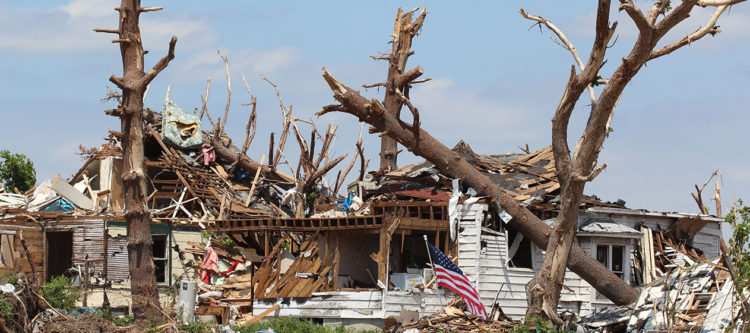
Americans know the Federal Emergency Management Agency (FEMA) for helping citizens respond to and recover from emergency situations and natural disasters. The agency has the incredibly essential job of helping Americans recover from things like wildfires, hurricanes, mass flooding, and other devastating occurrences that destroy property, lives, and communities.
When disasters such as Hurricane Irma or the Camp Fire in California occur, FEMA steps in to help Americans get access to basic needs and requirements, find necessary services, and recover economically. Often, the agency has to do these things in difficult or dangerous conditions and environments that lack many of the things that average Americans take for granted – including running water, electricity, and communications.
The scenarios in which FEMA operates is often complicated by the disasters or events that the agency is responding to. That’s because a region’s critical infrastructure – power grids, electrical lines, cellular towers, and other terrestrial communications networks – are often another casualty of these natural disasters.
How is FEMA able to communicate with their team and first responders when aiding in these natural disasters that disrupt communication? What types of equipment make this possible? And how are they tackling interagency disparity in communications equipment when multiple organizations are responding to a natural disaster at the same time?
To answer this— and other questions— we sat down with Charles Hoffman, Chief of the Tactical Emergency Communications Branch of Disaster Operations for FEMA.
The Last Mile (TLM): What kind of communications challenges do you usually face in the first 24 hours when a devastating hurricane like Hurricane Ian affects millions of those affected by communications and power outages?
Charles Hoffman: Power loss, to some degree, is common in almost all disasters. However, each disaster and the resulting effects on communications and power are never quite the same.
The degree of the devastation of the natural disaster – and the issues that transpire – all depend on the location, and what type of mitigation plans and efforts were in place to enhance the survivability, sustainability, and resiliency of the communications and power capabilities.
TLM: What kind of communications equipment is typically implemented within this critical 24-hour period to get FEMA workers up and running during deployment?
Charles Hoffman: This depends on how well the commercial communications system and power grid were able to withstand the disaster’s impact. Many public safety and commercial communications systems – especially in historically disaster-prone areas – are already hardened and constructed with these natural disasters in mind.
In these locations, the communications infrastructure may still be in place and available even after a natural disaster has occurred.
With that being said, should there be a total or near-total loss of the communications infrastructure, FEMA is able to support initial responder communications efforts with satellite phones and data terminals, and also deploy critical voice, and land mobile radio networks.
TLM: How do you stay in communication with your team once deployed to a disaster? And how are you tackling inter-agency disparity in communications equipment when multiple organizations are responding to a natural disaster at the same time?
Charles Hoffman: FEMA has the capability to support emergency response teams with various means of communication depending on the degradation or loss of the incident area’s communications infrastructure.
FEMA’s emergency managers use multi-band radios, which allows the ability to interoperate with other agencies and organizations that utilize compliant radios.
FEMA also deploys other interoperability solutions, such as baseband switches, that enable crossbanding and interconnection of disparate communication systems.
TLM: How can the industry best partner with the government when it comes to being proactive and providing off-grid communications ahead of a natural disaster? What kind of public infrastructure needs to be in place in order to ensure all first responders can stay connected during deployment when cell phone connectivity is not an option?
Charles Hoffman: FEMA – as Co-Lead for Emergency Support Function Two (ESF-2) – communicates, supports, coordinates, and works closely with the First Responder Network (FIRSTNET). This is a purpose-built first responder cellular-based network.
The FIRSTNET, through its commercial partner, can deploy cellular infrastructure on wheels and cellular infrastructure on light trucks, with satellite-enabled backhaul.
FIRSTNET also allows the ability to deploy drones and various other aerostat platforms with cellular payloads that can function independently of the local power grid or communications infrastructure— bringing emergency responder cellular communications into the incident area.
To learn more about FEMA and its disaster recovery efforts, click HERE.


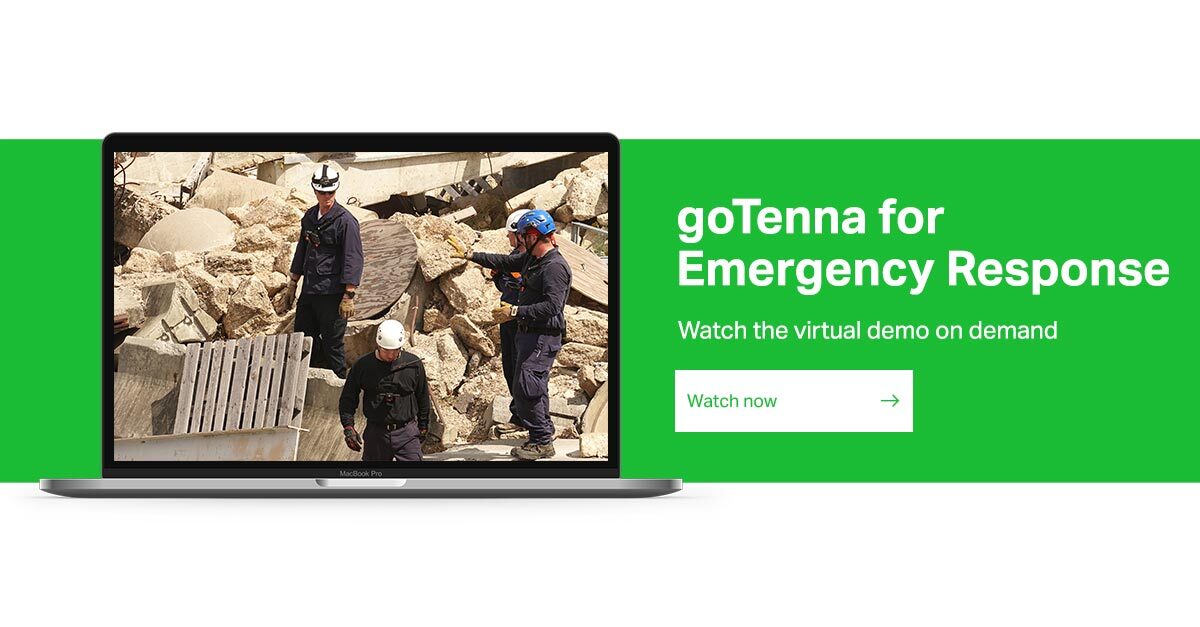
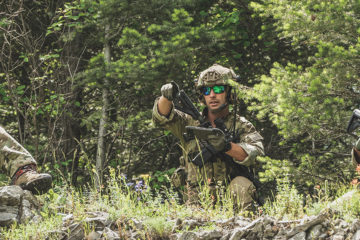
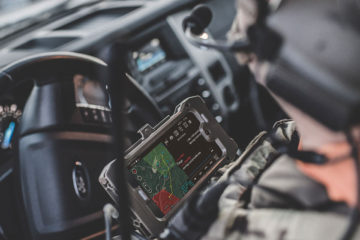
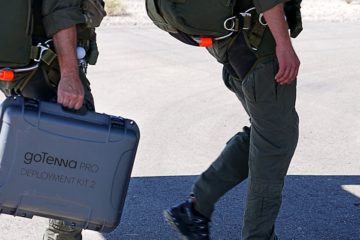


No Comment